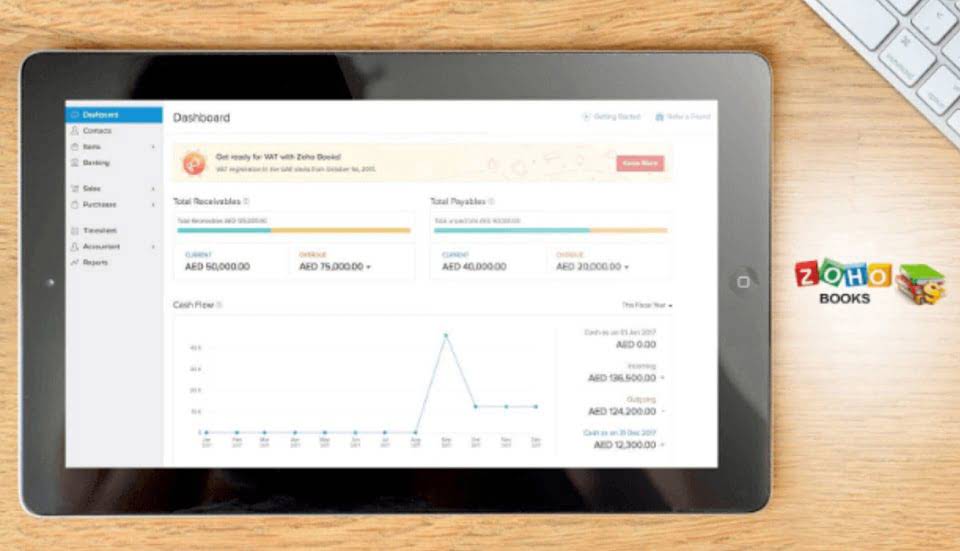Medical Billing Process: 10 Steps, Types & Healthcare B&SC

These codes describe the diagnosis, procedures, and other services performed. ICD-10-PCS is used in hospital settings, while ICD-10-CM is used for medical claim reporting. ICD-10-CM codes were developed by the Centers for Disease Control and Prevention (CDC). They depict conditions and diseases, related health problems, signs and symptoms, and more. The final step in this detailed process is purely to ensure that all bills have been paid.
- Coding precision is essential because errors or omissions can result in claim rejections, delayed payments, or even compliance issues.
- The medical billing process is a crucial component of healthcare administration, ensuring that healthcare providers receive proper compensation for their services.
- Her articles, whitepapers, and blog posts are known for their clarity, practicality, and actionable insights.
- The final step in the medical billing process is the making sure the patient bill is paid.
- When providers are fairly compensated, they can invest in ongoing education, advanced equipment, and adequate staffing to provide the best possible care.
- This makes sure that the patient’s future interactions with the healthcare system go smoothly, starting the billing process well.
Q: How can I be a more informed patient about medical billing?

There is a handy integration with payment services processors for taking patient copays and card transactions during appointments. After medical billing information Partnership Accounting has been uploaded to the system, it scrubs all claims within a few seconds for faster payment turnaround. You benefit from a refund if the service doesn’t manage 95 percent of medical denials within 10 business days. Users struggling to achieve high levels of acceptance also receive on-platform help in replicating the top practices’ performances. Alongside your patient statements, you should send payment instructions and due dates.
What Is Health Care Management? A Career Guide??

Before services are rendered, it’s essential to verify the patient’s insurance details. This step helps confirm the patient’s coverage and identify services requiring pre-authorization. Failure to obtain pre-authorization can lead to denied claims, creating unnecessary complications. Outsourcing medical billing can be beneficial for practices that do not have the time or resources to handle billing in-house. Third-party services can help streamline the billing process and ensure that claims are submitted and processed accurately and efficiently.
- The medical administrative staff will contact the insurance company to confirm the patient is covered for the visit.
- Before submitting claims, they are reviewed or “scrubbed” to identify and correct errors.
- To do so the patient’s insurance details will be looked over to find out what services and procedures are covered.
- The length of the medical billing process can vary depending on factors like claim capacity, response time from insurers, and accuracy of documentation.
- The transformation from manual to automated billing processes delivers substantial benefits that extend far beyond simple efficiency improvements.
- The RCM cycle in medical billing is the backbone of a healthcare provider’s financial operations.
- After collecting the patient’s insurance information, contact the patient’s insurer to confirm the data.
What are some ways to make medical billing more efficient?
The last step for improving efficiency in the medical billing process is to ensure that the bills get paid. Medical billers are responsible for mailing out the precise medical bills, that too on time, and then keep following up with the patients whose bills get past their due dates. These codes also appear on medical claims along with the charges and patients’ demographic information. To offer more detailed information about the process or the service, use CPT and HCPCS code modifiers. Only armed with relevant codes and medical billing process steps modifiers can the insurance payer make up a proper evaluation.

Collections and Payment Posting

The first step in this process starts when the patient arrives at your practice. With over five years of experience in the field, she deeply understands the requirement of this specific industry, its techniques, and tools. Her articles, whitepapers, and blog posts are known for their clarity, practicality, and actionable insights. Priya fixed assets also possesses in-depth knowledge of SEO and content marketing, which enables her to develop effective strategies to increase website traffic and improve brand visibility. A patient file created with this data will be referred to during the billing process. Our Medical Billing and Coding Professional program can help you become a certified medical biller and coder in 36 to 42 weeks.
Claim submission

Converting your patient notes to numbered claims can introduce human error and insurers can be strict about how claims are formatted for approval. This process done to get approvals from insurance companies before proceeding with treatments and procedures. For instance, authorization required before performing surgery or an imaging test. When a patient books an appointment, accurate details such as personal information, insurance coverage, and contact details are collected.
 Previous post
Why your home doesn’t retain heat in winters?
Previous post
Why your home doesn’t retain heat in winters?
